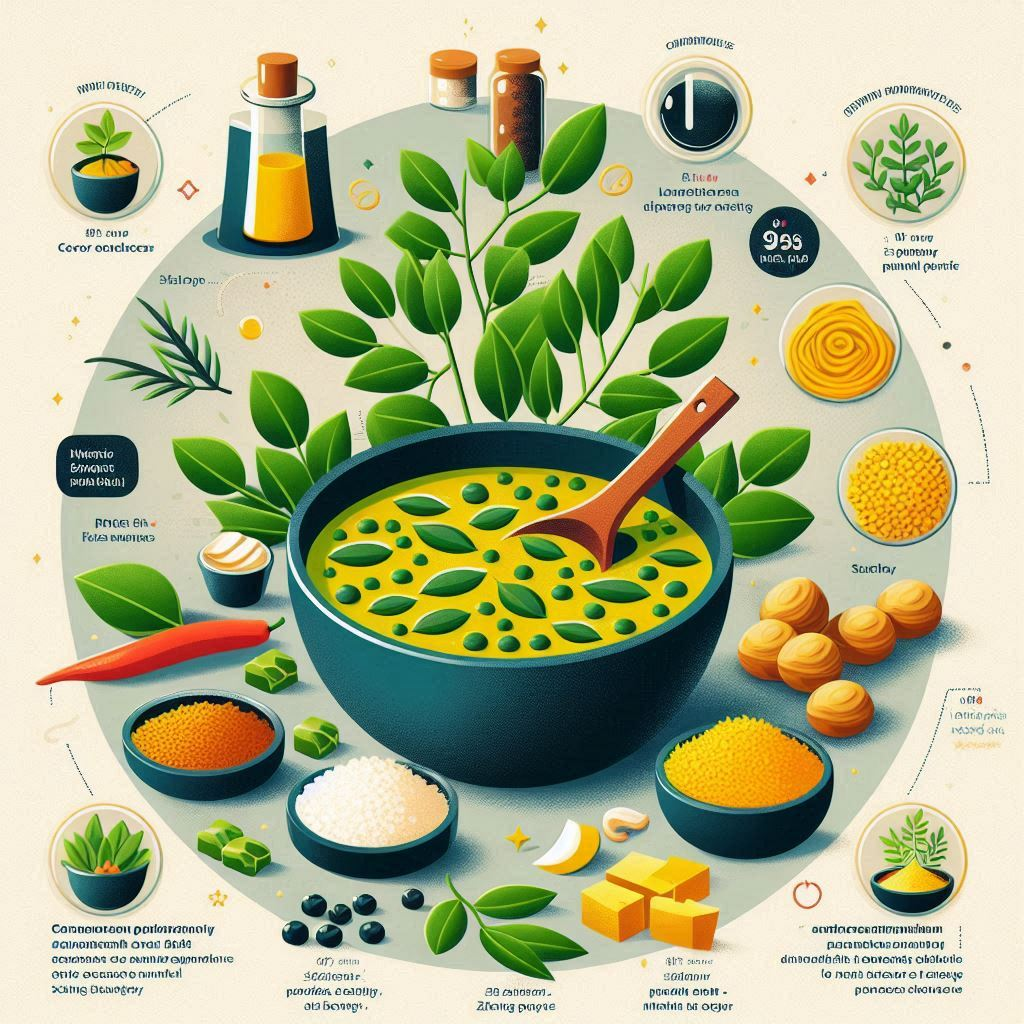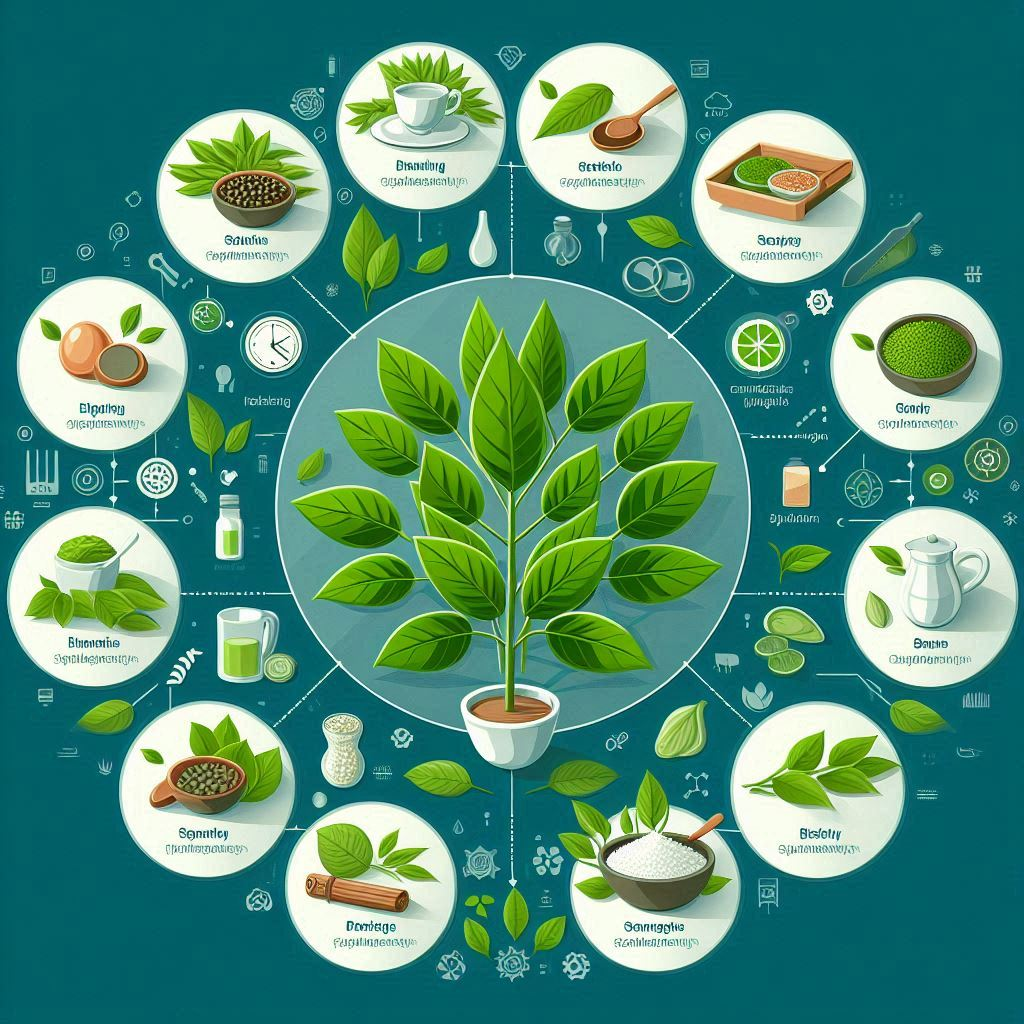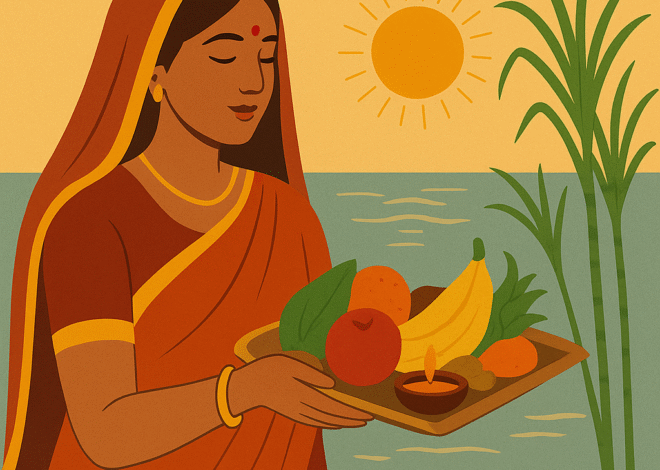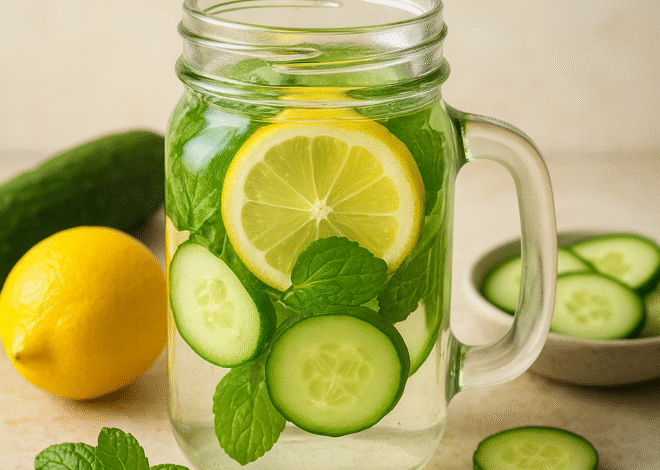
Powerful Benefits of Curry Leaves You Need to Know

Versatile Uses of Curry Leaves
Curry leaves are packed with essential nutrients, including vitamins A, B, C, and B2, as well as calcium and iron. Known for their strong aroma and pungent flavor, these leaves offer numerous health benefits. Incorporating curry leaves into your meals can aid in treating dysentery, diarrhea, diabetes, morning sickness, and nausea. Additionally, curry leaves help detoxify the body by flushing out toxins and reducing fat content.
Benefits
Curry Leaves Help Reduce Cholesterol Levels
Curry leaves possess properties that aid in lowering blood cholesterol levels. Rich in antioxidants, they prevent the oxidation of cholesterol, which leads to the production of LDL (bad cholesterol). By doing so, they increase levels of HDL (good cholesterol), offering protection against atherosclerosis and heart disease.
Curry Leaves Enhance Digestion
Since ancient times, one of the key benefits of curry leaves has been their ability to aid digestion. In Ayurveda, kadi patta is believed to possess mild laxative properties that help the stomach eliminate unnecessary waste.
Curry Leaves for Liver Health
Research on curry leaves has shown that the tannins and carbazole alkaloids they contain possess potent liver-protective properties. When combined with vitamins A and C, their strong antioxidant effects not only protect the liver but also enhance its overall functionality.
Curry Leaves Accelerate Hair Growth
Curry leaves are highly effective in treating damaged hair, adding volume to limp strands, strengthening thin hair shafts, and reducing hair fall. Additionally, the extract of these leaves has shown antifungal properties against Malassezia furfur, a fungus responsible for scalp infections, making it a useful remedy for dandruff.
Curry Leaves for Eye Wellness
Curry leaves are abundant in carotenoid-rich vitamin A, which helps minimize the risk of corneal damage. A deficiency in vitamin A can lead to various eye disorders, such as night blindness, vision loss, and cataracts. Therefore, these leaves play a crucial role in safeguarding the retina and preventing vision impairment.
Curry Leaves Eliminate Bacteria
Infections or oxidative cell damage contribute to nearly every second disease. With the rise of antibiotic-resistant strains in today’s world, alternative infection treatments have become essential. This is where curry leaves show great promise. Rich in carbazole alkaloids, these leaves possess antioxidant, antibacterial, and anti-inflammatory properties. Additionally, the compound linalool, which gives curry leaves their floral aroma, can effectively combat bacteria and neutralize cell-damaging free radicals.
Curry Leaves Support Weight Loss
Curry leaves are an excellent herb for weight loss, known for their effectiveness in eliminating stored body fat. Research indicates that curry leaves can lower triglyceride and cholesterol levels, which helps in preventing obesity.
Helps Manage Side Effects
Consuming curry leaves can help reduce the side effects of chemotherapy and radiotherapy, while also offering protection against chromosomal damage and safeguarding bone marrow.
Curry Leaves for Enhanced Blood Circulation
Incorporating curry leaves into your regular diet can help address menstrual issues, gonorrhea, and diarrhea, while also providing relief from various aches.
Diabetes Management Benefits of Curry Leaves
One of the most significant health benefits of curry leaves is their ability to help regulate diabetes. Including curry leaves in your diet can stimulate and protect insulin-producing cells in the pancreas.
Curry Leaves Aid in Wound Healing
Applying a paste made from curry leaves can effectively heal wounds, rashes, boils, and minor burns. Additionally, this paste helps prevent and eliminate harmful infections of any kind.
Dosage
- Curry Leaves Powder: Take ¼ to ½ teaspoon twice a day.
- The recommended dosage of curry leaves is about 8-10 leaves daily. They can be consumed raw or cooked and added to soups, stews, curries, and sambhar.
How to Use Curry Leaves:
- Fresh and dried curry leaves enhance the flavor, aroma, and fragrance of curries, soups, fish, meat, and egg dishes.
- Fresh leaf juice can be mixed with lime and sugar for a refreshing drink.
- Curry leaves can also be utilized in the preparation of tonics.
Incorporating Curry Powder into Your Diet
Since curry powder is a mixture of spices, it can enhance the flavor of a wide variety of dishes.
This spice blend offers a distinct, warm flavor that can bring out both sweet and savory notes, depending on the specific combination of spices used by the manufacturer.
Keep in mind that there isn’t a single recipe for curry powder; the spice mix can vary greatly. Some versions may pack a spicy punch with hot peppers, while others may be more mild.
Once you discover a curry powder that suits your palate, consider adding it to dishes such as marinades, potato salads, roasts, stews, and soups. This versatile blend can season everything from vegetables to eggs, so feel free to get creative!
Remember that curry powder typically contains turmeric, which will impart a beautiful golden color to your dishes.
Nutrition
Curry leaves are a fantastic source of the following nutrients:
- Vitamin C
- Vitamin A
- Vitamin E
- Vitamin B
INGREDIENTS
- 6 cups of tightly packed fresh curry leaves
- 1/2 cup of freshly grated coconut
- 2 teaspoons of oil
- 1 teaspoon of urad dal
- 1/8 teaspoon of hing (asafoetida)
- 2-3 dry red chilies (adjust according to your taste)
- 1 green chili (optional)
- A small piece of tamarind
- 2 cloves of garlic
- 1/2 cup of chopped coriander leaves (optional)
INSTRUCTIONS
- Rinse the curry leaves thoroughly and allow them to drain.
- Heat the oil in a pan and then add the urad dal.
- Once the dal turns brown, stir in the hing (asafoetida).
- Next, add the red chilies, garlic, and green chili (if using).
- Roast for about 10 seconds before adding the curry leaves.
- Sauté the leaves until they wilt and deepen in color, which should take about 5-7 minutes.
- Remove from heat and mix in the coconut, coriander leaves, tamarind, and a pinch of salt.
- Stir everything together to warm the ingredients using the residual heat.
- Allow the mixture to cool completely.
- Grind it with a small amount of water to achieve a coarse paste.
- Serve with rice and ghee.
NOTES
- Coriander leaves are optional; I sometimes include mint leaves if I have fresh ones available.
- The green chili adds a delightful flavor but can be left out if preferred.
- Garlic is optional but highly recommended for added taste.
- Use as little water as necessary to facilitate grinding; adding too much will dilute the flavor of the curry leaves thogayal.

INGREDIENTS
- 6 cups fresh curry leaves packed
- 1/2 cup grated coconut fresh or frozen, thawed
- 2 tsp oil
- 1 teaspoon urad dal
- 1/8 teaspoon hing asafoetida
- 2-3 dry red chillies adjust to taste
- 1 green chilli optional
- A small piece of tamarind
- 2 cloves of garlic
- 1/2 cup chopped coriander leaves optional
INSTRUCTIONS
- Wash the curry leaves thoroughly and set aside to drain
- Heat oil in a pan and add the urad dal
- When the dal turns brown, add the hing
- Then add the red chillies, garlic, and green chilli (if using)
- Roast for 10 seconds and then add the curry leaves
- Saute until the leaves wilt and turn a darker colour – about 5-7 minutes
- Turn off the heat and add coconut, coriander leaves, tamarind, and some salt
- Stir everything together to warm up in the heat of the mixture
- Cool completely
- Grind with very little water to a coarse paste
- Serve with rice and ghee
NOTES
- The coriander leaves are optional. I also add mint leaves sometimes I have fresh ones in hand
- The green chilli adds a lovely flavour but can be omitted
- The garlic is optional but highly recommended
- Add as little water as possible to just enable grinding. More water will dilute the flavour of the curry leaves thogayal










